MELBOURNE: Out of form. Out of luck. Out of favour. The past three years in Virat Kohli‘s life have been anything but rosy. The crown slipped away from the king, inch by inch, until the feisty batter finally got the monkey off his back by ending a prolonged century drought in a T20I against Afghanistan. Heading into the World Cupit has been a timely return to form for Kohli. He has also been backed through some difficult times by the team management.
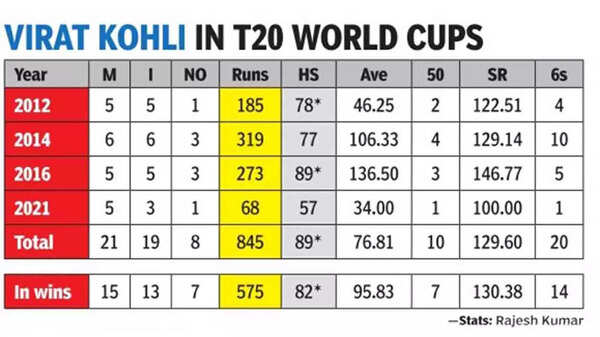
This well-known backstory, of course, is of no concern to the Kohli fans in Australia, who thronged India’s practice session at the Melbourne Cricket Ground on Friday hoping for a glimpse of their star cricketer.
Australian, Indian or Pakistani, there was only one question on everybody’s lips at the MCG: where is Kohli in the nets? It was just an optional practice session, of course, and Kohli had simply opted not to train. Surely, then, he must be training at some indoor facility instead? Or catching up on some fielding drills at the main ground? Or simply sitting in the team bus planning his next Insta dance move? How could he not even turn up? Tell us, what is he doing instead? In Australia, Kohli retains his fiefdom. He is still the master of all he surveys.
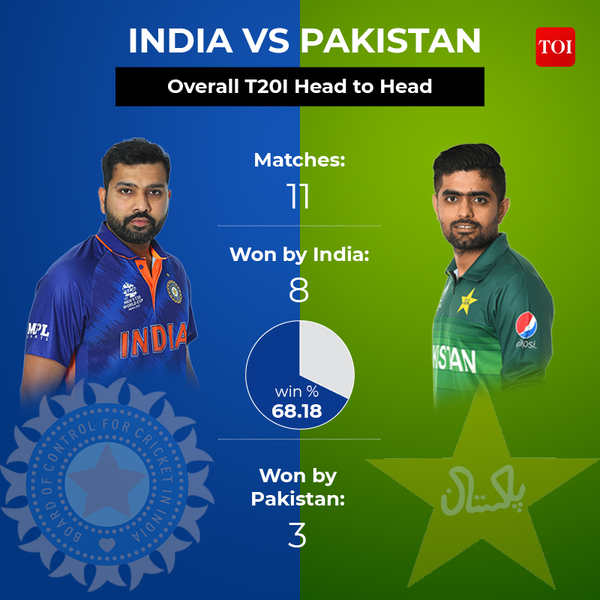
Even when he is not physically present, his celebrity holds sway. He is still the team’s batting fulcrum and its best all-weather batter, which could come in handy in this World Cup, given the sheer geographic span of the Australian continent and its varied early summer conditions. In such uncharted territory, Kohli‘s conventional brilliance, in contrast to modern T20’s push towards more flashy top-order batters, could be invaluable.
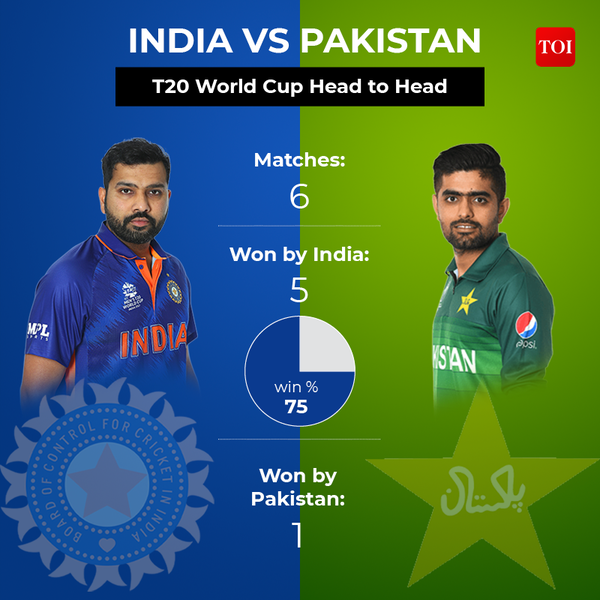
After an initial struggle, Kohli has held his own amid demands from the new Rohit Sharma-Rahul Dravid combine for more belligerent starts, a lack of which haunted the team in the last World Cup. Not only must the top-order now achieve stratospheric heights in the Powerplay, they should also leave some headroom for their middle-order talisman, Suryakumar Yadavto further up the tempo.
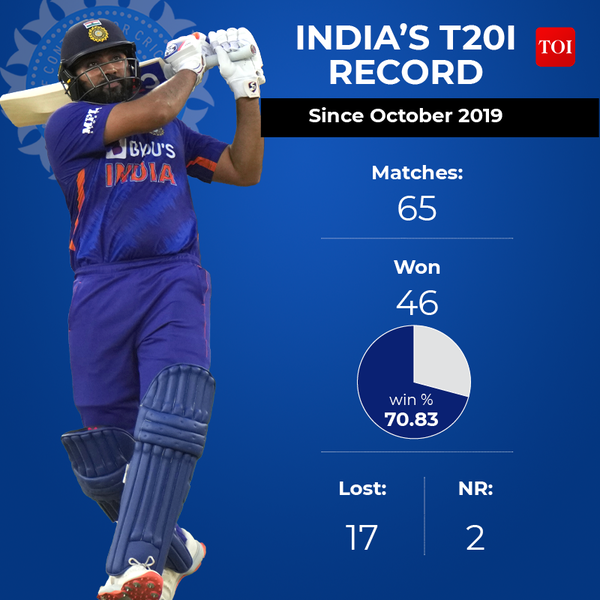
A strike rate of 139.64 from India’s top three in the three years leading up to the failed 2021 T20 WC campaign in the UAE has now gone up to 142. 25 in the yearly span between World Cups in 2022. For someone who hit 273 runs in 5 games at a strike rate of 146.77 in the 2016 WC, Kohli’s meagre returns of 68 runs from 5 games (SR 100) in 2021 proved to be a hole in India’s plans. Since the UAE WC, even while battling indifferent form, Kohli seems to have made a conscious effort to fulfill the team’s demanding parameters, striking at 139.36 (485 runs in 14 games; average 44.09).
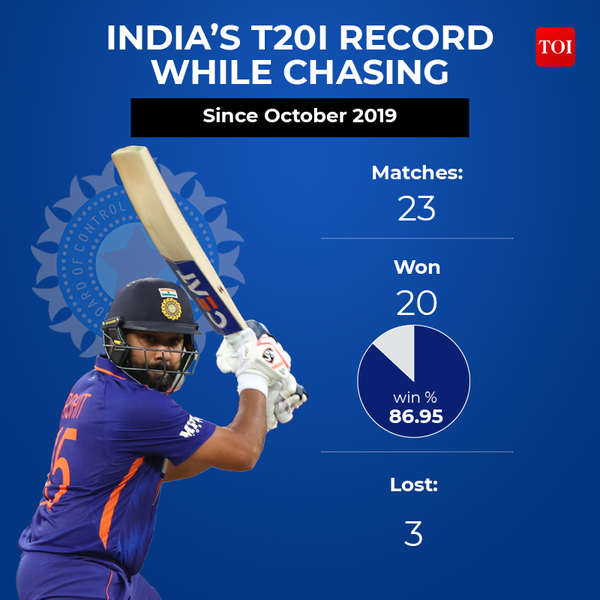
He achieved this not by transmuting into a range hitter overnight but by smartly capitalizing on his strengths. After the Asia Cup century against Afghanistan, a knock which followed an introspective six-week break, Kohli admitted he had been “desperate to do something that wasn’t in my game”. “Six-hitting is not a big strength of mine. I can hit (them) when the situation demands, but I’m better at finding gaps and hitting boundaries.”
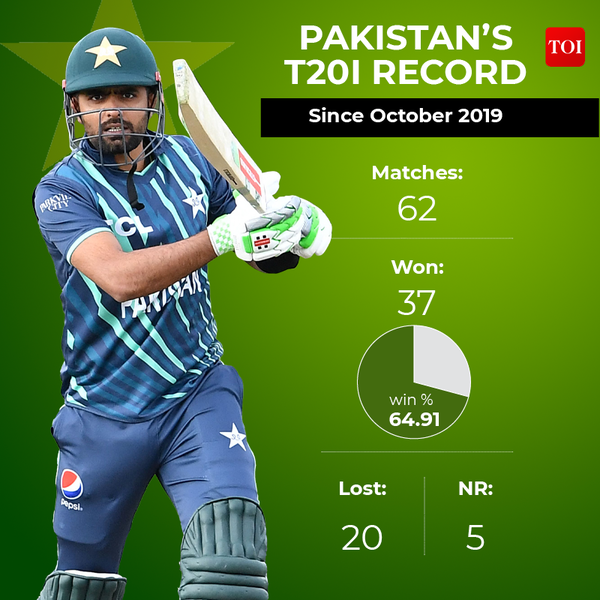
Apart from a spectacular ability to knife through gaps in the field, Kohli is still extremely good at running between the wickets, which will be helpful on some big Australian grounds like the MCG. This will also help in another way: almost 50% matches are won batting first at the MCG, 64% at the SCG and 59% in Adelaide. There will be times when Kohli the ‘chase-master,’ who averages an astounding 436 in 9 successful chases in the T20 World Cup (SR 137.10), must become the ‘target-setter’ in Australia. This is an area where India have struggled in the recent past.
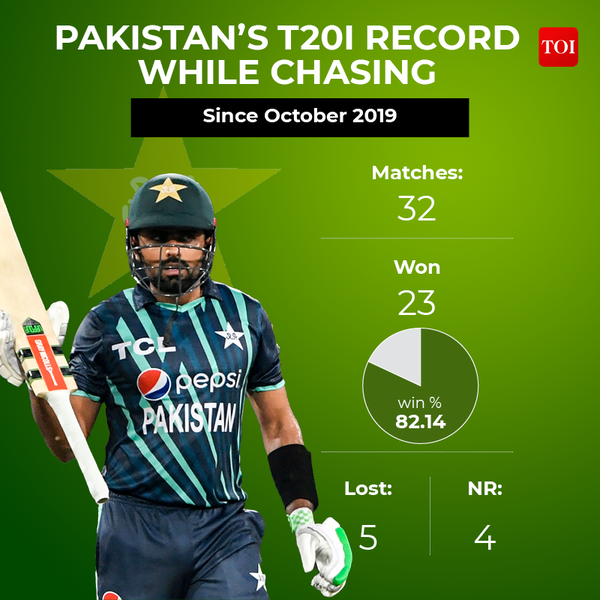
What this means is that there is no breathing space for Kohli here. India will be reliant on his proven abilities to adapt fast and keep an end steady even while scoring at a brisk pace. If Kohli can pull this off over four-five crucial games, he will be India’s game changer. If not, the team better have others to pick up the slack.





